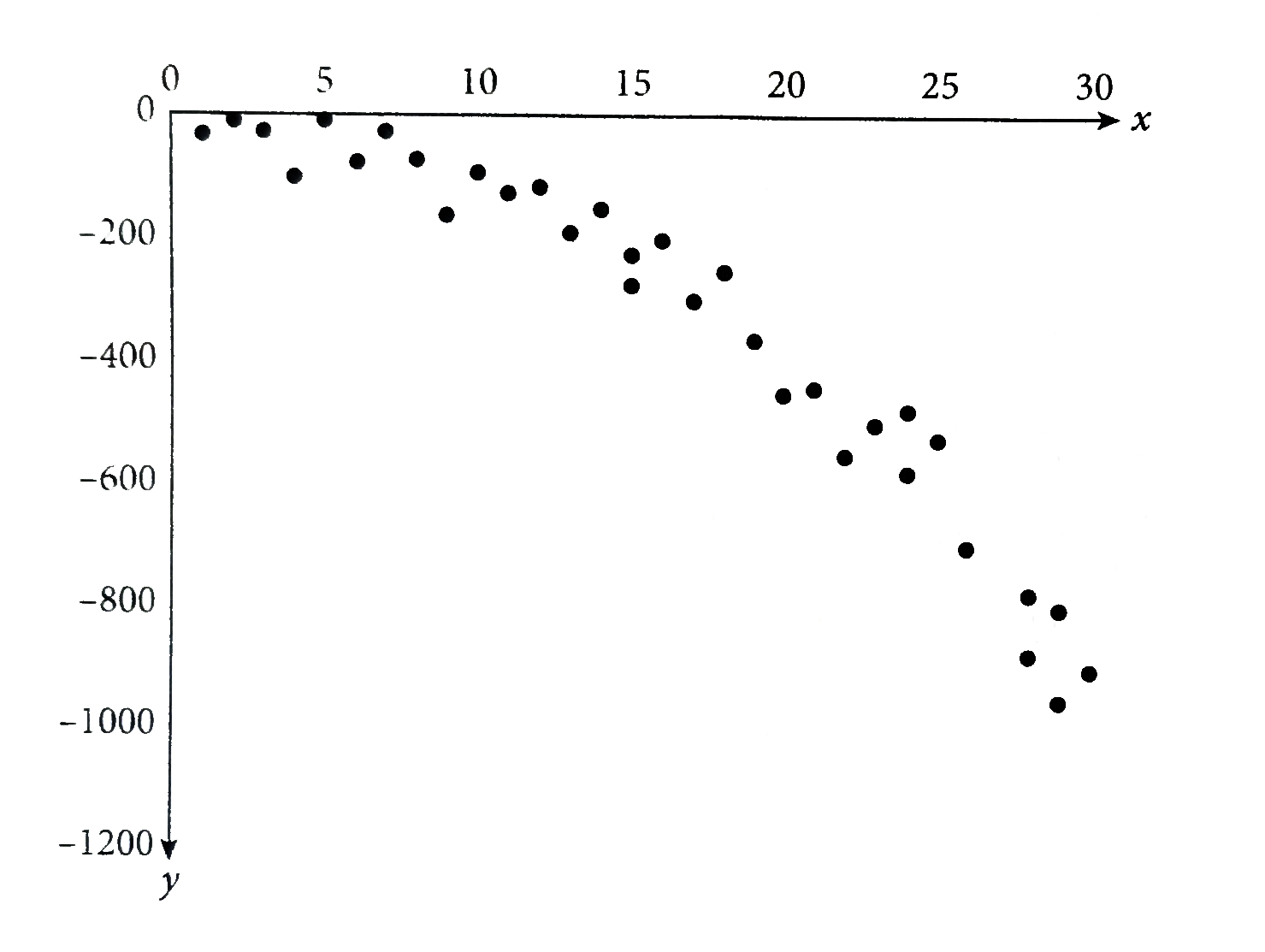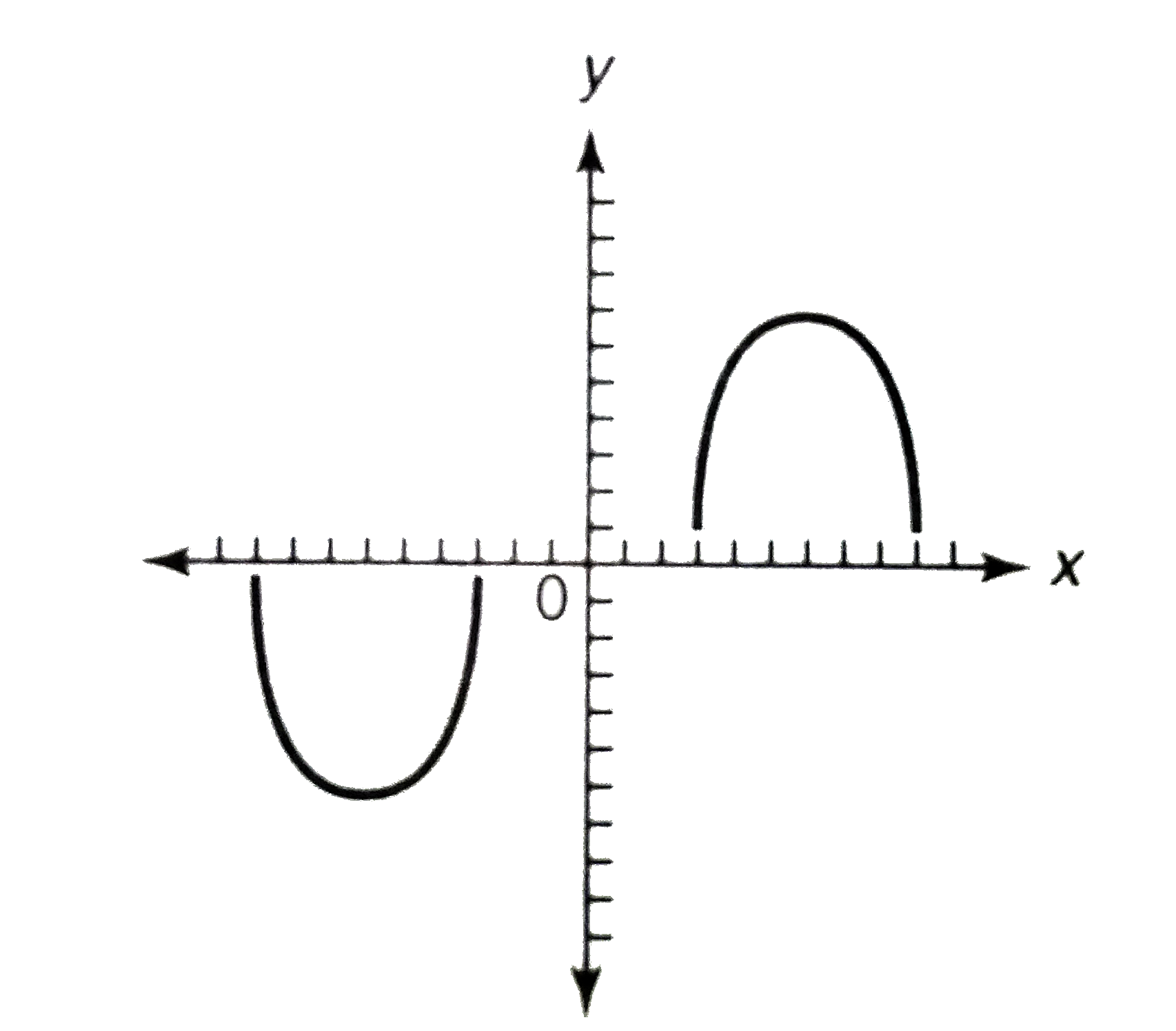V(y)=15,000(12)y3
Leah buys a car,which loses value exponentially over time.The function v above models the value of car y years after Leah buys it. Based on the function above,which of the following is true?
the predicted valu of leah's car depreciates by a third every year.
the predicated value of leah's car depreciates by a half every year
the predicted valu of leah's car depreciates by a third every 2year.
the predicated value of leah's car depreciates by a half every 3 year
The correct Answer is:D
Step by step video, text & image solution for V(y)=15,000((1)/(2))^((y)/(3)) Leah buys a car,which loses value exponentially over time.The function v above models the value of car y years after Leah buys it. Based on the function above,which of the following is true? by Maths experts to help you in doubts & scoring excellent marks in Class 12 exams.
Topper's Solved these Questions
- BOOK - PRINCETONCHAPTER - STRATEGIESEXERCISE - QUICK QUIZ #36videos
STRATEGIES
- BOOK - PRINCETONCHAPTER - STRATEGIESEXERCISE - QUICK QUIZ #41videos
STRATEGIES
- BOOK - PRINCETONCHAPTER - STRATEGIESEXERCISE - QUICK QUIZ #14videos
STRATEGIES
- BOOK - PRINCETONCHAPTER - SAT MATH: THE BIG PICTUREEXERCISE - Example4videos
SAT MATH: THE BIG PICTURE
Similar Questions
Knowledge Check
- Question 1 - Select One
The amount of carbon -15 in a given sample decays exponentially with time. IF the function C(m)=100(12)24m models the amount of carbon -15 remaining in the sample after m minutes, which of the following must be true?
AThe amount of carbon in the sample halves every minuteBThe amount of carbon in the sample halves every 24 minutes.CThe amount of carbon in the sample halves 24 times every minute.DThe amount of carbon in the sample reduces by a factor of 24 every 2 minutes. - Question 2 - Select One
3x+5=2y
x3+y2=23
For the system of equations above, which of the following statements is true?AThe system has no solution.BThe graph of the equations in the xy-plane intersect at right angles.CThe graphs of the equations in the xy-plane intersect but not at right angles.DThe system has infinitely many solutions - Question 3 - Select One
C(n)=110n+900
The cost of airing a commercial on television, C, is modeled by the function above where n is the number of times the commercial is aired. Based on this model, which statement is true?AThe commercial costs $0 to produce and $110 per airing up to $900.BThe commercial costs $119 to produce and $900 each time is aired.CThe commercial costs $900 to produce and $110 each time it is a aired.DThe commercial costs $110 to produce and can air an ulimited number of times.
|x+2|=6
|y−2|=7
For the equations shown above, which of the folllowing is a possible value of x - y?View Solution
For which of the following values of a and b does the equation y=axb model the data in the scatterplot above ?View Solution
The graph of the function f is shown above. Which of the following could represent the graph of y=|f(x)|?View SolutionLet the function h be defined by h(x)=√x+2. If 3h(v)=18, then which one of the following is the value of h(v4) ?
View Solution3x+b=5x−7
3y+c=5y−7
In the equation above, b and c are constants. If b is c minus 12, which of the following is true?View Solution
